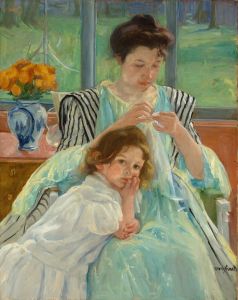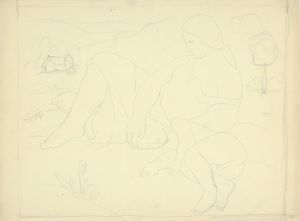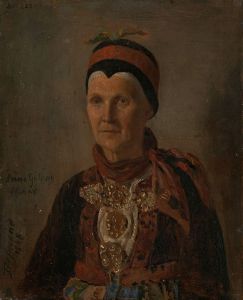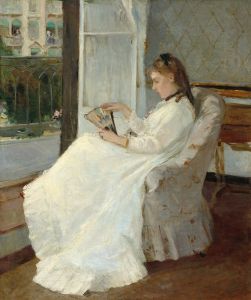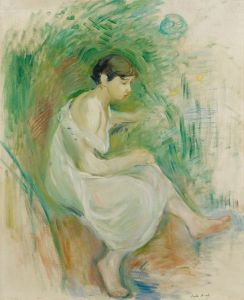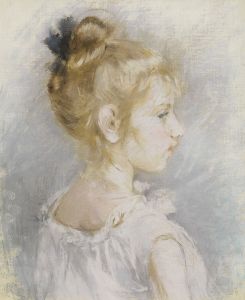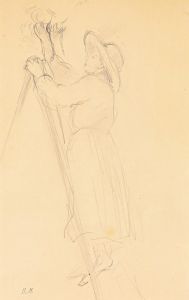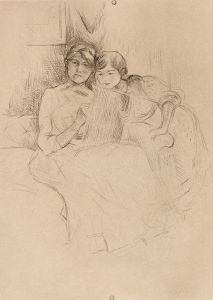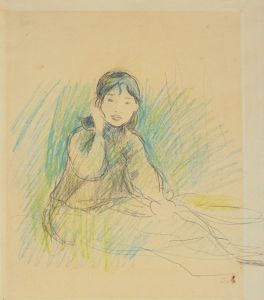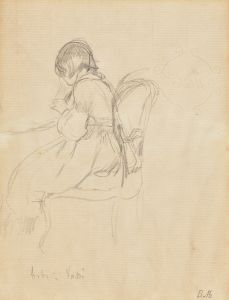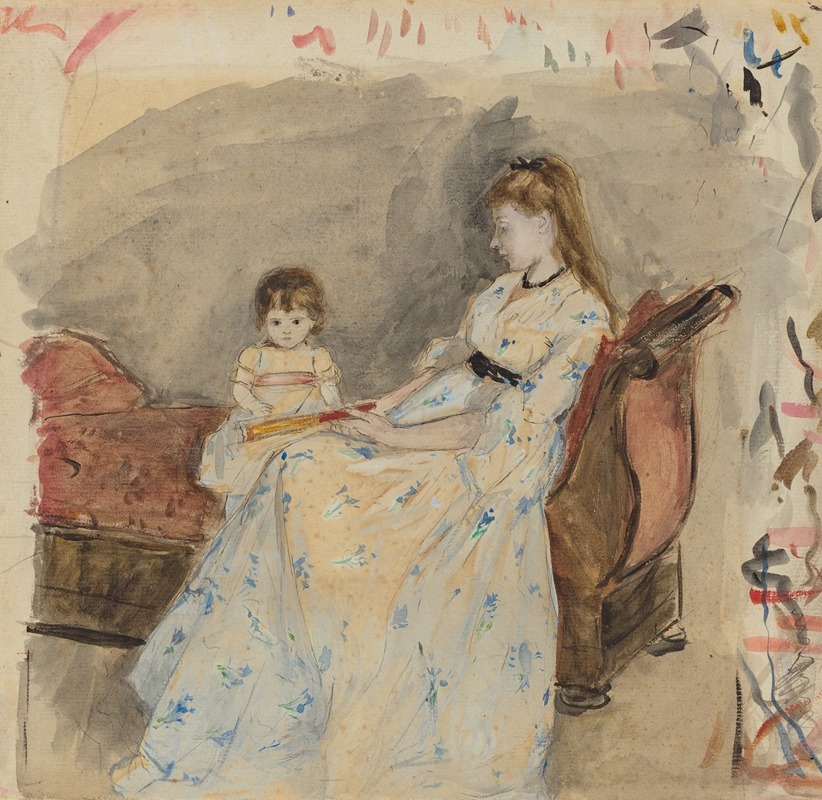
The Artist’s Sister,Edma With Her Daughter Jeanne
A hand-painted replica of Berthe Morisot’s masterpiece The Artist’s Sister,Edma With Her Daughter Jeanne, meticulously crafted by professional artists to capture the true essence of the original. Each piece is created with museum-quality canvas and rare mineral pigments, carefully painted by experienced artists with delicate brushstrokes and rich, layered colors to perfectly recreate the texture of the original artwork. Unlike machine-printed reproductions, this hand-painted version brings the painting to life, infused with the artist’s emotions and skill in every stroke. Whether for personal collection or home decoration, it instantly elevates the artistic atmosphere of any space.
"The Artist’s Sister, Edma With Her Daughter Jeanne" is a painting by the renowned French Impressionist artist Berthe Morisot. Created in 1872, this work exemplifies Morisot's skill in capturing intimate domestic scenes and her adept use of light and color, which are hallmarks of the Impressionist movement.
Berthe Morisot (1841-1895) was one of the few prominent female artists associated with the Impressionist movement, which emerged in France in the late 19th century. She was known for her depictions of women and children, often portraying her family members and close friends in everyday settings. This painting is no exception, featuring her sister Edma Pontillon and Edma's daughter Jeanne.
Edma Morisot (1839-1921) was also an artist, though she ceased painting after her marriage to Adolphe Pontillon. Despite her early retirement from the art world, Edma remained a significant influence and subject in Berthe's work. The close bond between the sisters is evident in the tender and affectionate portrayal of Edma and Jeanne in this painting.
In "The Artist’s Sister, Edma With Her Daughter Jeanne," Morisot captures a quiet, intimate moment between mother and child. The composition is characterized by its soft, delicate brushstrokes and a light, airy palette, which are typical of Morisot's style. The painting reflects the Impressionist interest in capturing fleeting moments and the effects of light.
The setting of the painting is a domestic interior, with Edma seated and holding her young daughter Jeanne on her lap. The background is rendered with loose, fluid brushstrokes, which create a sense of depth and atmosphere without detracting from the central figures. Edma's gentle expression and Jeanne's curious gaze convey a sense of warmth and maternal affection.
Morisot's use of light in this painting is particularly noteworthy. She employs a subtle interplay of light and shadow to highlight the figures and create a sense of volume and space. The light appears to softly illuminate Edma and Jeanne, enhancing the intimate and serene mood of the scene.
"The Artist’s Sister, Edma With Her Daughter Jeanne" is an excellent example of Morisot's ability to convey the nuances of personal relationships and the beauty of everyday life. Her focus on the domestic sphere and her sensitive portrayal of women and children set her apart from many of her contemporaries and have earned her a lasting place in the history of art.
This painting is part of the collection at the Musée Marmottan Monet in Paris, which houses the largest collection of Morisot's works. The museum is dedicated to the Impressionist movement and features numerous works by other prominent artists of the period, including Claude Monet and Edgar Degas.
In summary, "The Artist’s Sister, Edma With Her Daughter Jeanne" by Berthe Morisot is a significant work that showcases the artist's mastery of the Impressionist style and her deep connection to her family. Through her delicate brushwork and keen observation, Morisot captures a moment of tenderness and intimacy, making this painting a cherished piece in the canon of Impressionist art.





